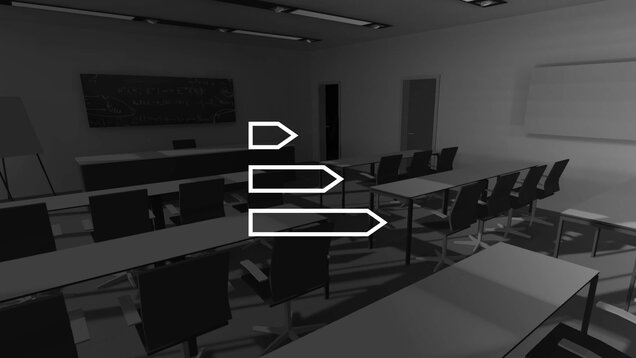Energy Efficiency in DIALux

Awareness for sustainability is increasing steadily. Whether it's organic products, green electricity or electric mobility - this topic runs through all areas of life. The environmental footprints of the buildings in which we live and work are also being assessed more and more frequently. It is no coincidence that certificates such as LEED, DGNB and BREEAM are gaining ground when construction projects are awarded.
Lighting is also an instrument for improving a building's energy balance and for saving resources. The efficient use of energy, using natural resources such as daylight, has long been on the agenda of building planners.
Daylight calculation with DIALux
DIALux is a tool for calculating the energy consumption of lighting design projects. Lighting designers can use the software to calculate energy consumption under the influence of daylight in certain situations. The daylight quotient and the energy requirement of the planned lighting system for specific lighting scenes are determined taking daylight conditions into account.
In order to acquire a more differentiated view of the influence of daylight and automation systems on energy efficiency, DIAL will be working on the joint research project MEET in cooperation with the Fraunhofer Institute for Building Physics over the next two and a half years. This project is funded by the German Federal Ministry of Economics and Energy (BMWi). The abbreviation MEET stands for “methods for the effective development of energy saving potential in the planning of artificial light and daylight in buildings”. The aim is to develop calculation methods, standards and workflows to optimize the planning of daylight, artificial light and integrated lighting systems in order to save energy.
Furthermore, the results can help to link within a much closer-knit network aspects of building construction such as façade technology, artificial lighting and building management systems which have usually been quite separate from each other up to now.
Maximisation of energy-saving potential
The new findings are expected to help planners using DIALux to exploit full energy-saving potential in their lighting projects. The aim is to simulate the energy demand over the course of the year, taking into account modern control systems and façade systems. This allows the complete energy saving potential to be determined and the lighting design to be optimised accordingly. Sky models showing the average influence of the weather could also flow into the project. In the future, detailed building geometries, such as those in BIM/IFC format, will also be included in daylight calculations. For example, there will be improvement in the calculation of the incidence of daylight through large window façades in the course of the year. When these findings are combined with intelligent lighting control strategies, there will be huge energy-saving potential.
To this end, concrete procedures and proposals for future energy standardisation (DIN, CEN, ISO) will be drawn up and communicated to the relevant committees during the Project.